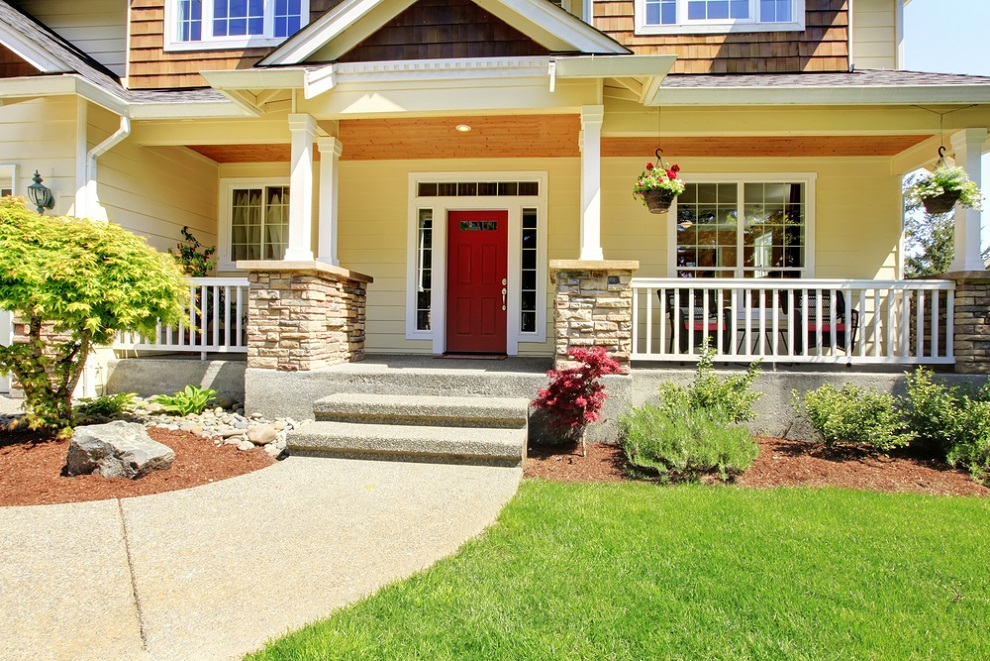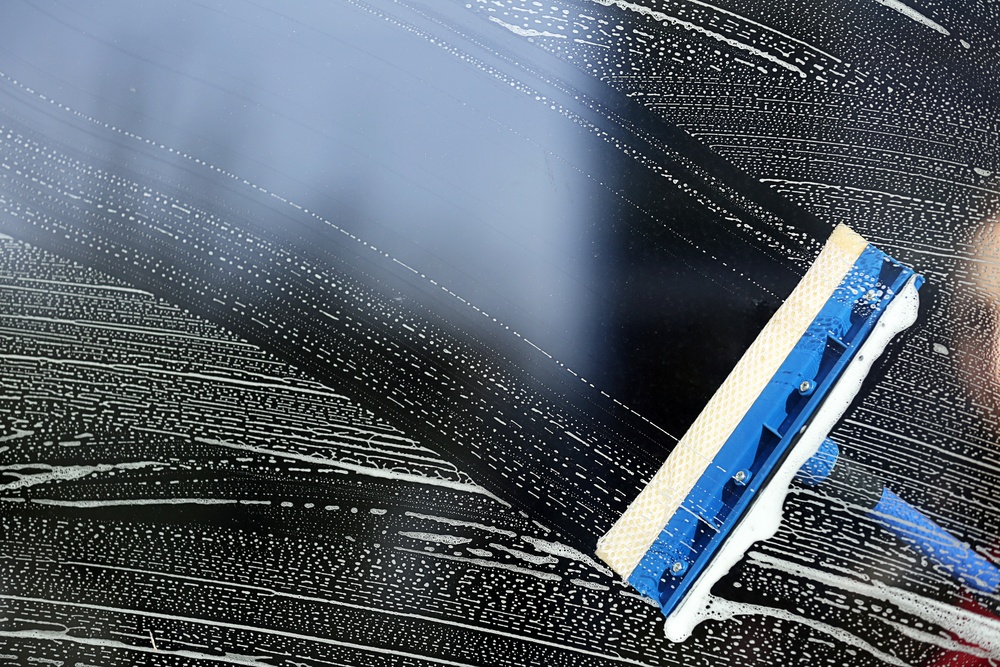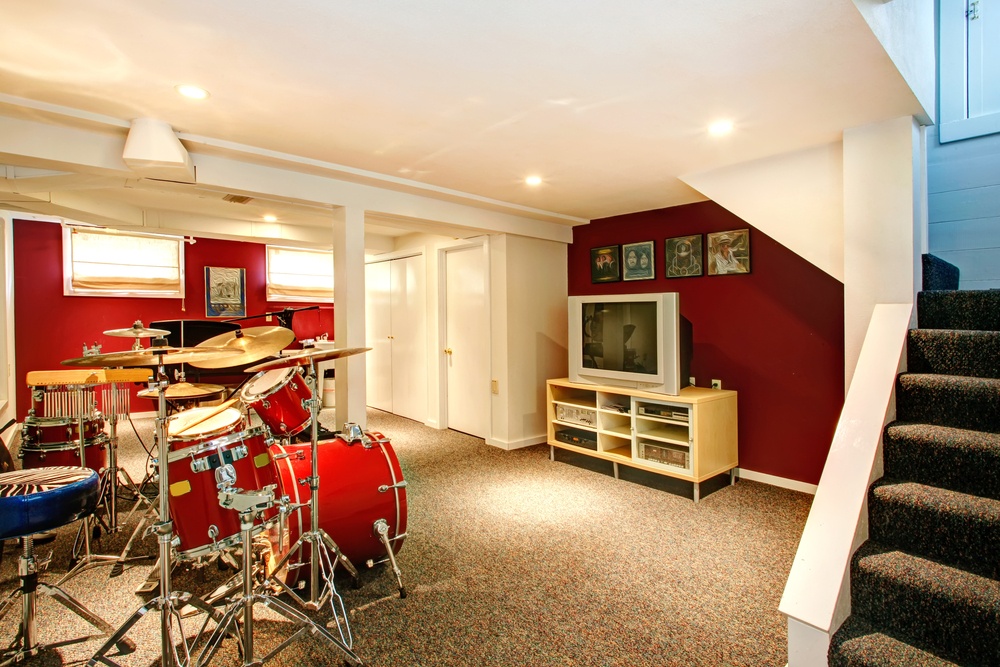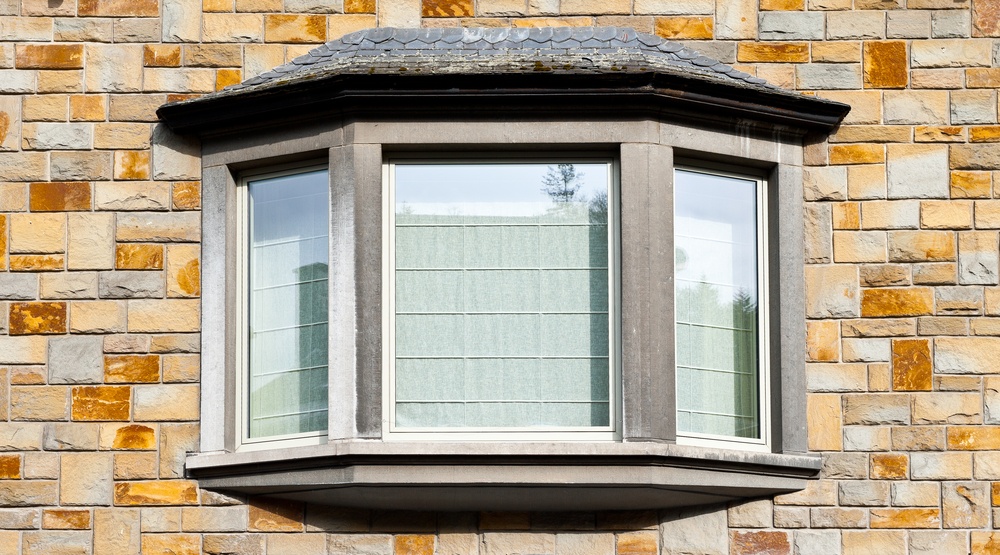 From the minute you decide to buy your first home, one thing you’ll inevitably be told a lot is that you’re making such an important investment. It’s true -- buying a home is one of the biggest and most important purchases a person makes during their lifetime. Ideally, over the time you own your home, you’ll be able to improve your home and help your investment grow.
From the minute you decide to buy your first home, one thing you’ll inevitably be told a lot is that you’re making such an important investment. It’s true -- buying a home is one of the biggest and most important purchases a person makes during their lifetime. Ideally, over the time you own your home, you’ll be able to improve your home and help your investment grow.
Although making improvements to a home often helps add to its value, not all types of home improvements are necessarily wise investments. Some types of projects not only have a fairly low return on investment, they don’t even do much to add enjoyment to your home. The best projects you can take on are ones that will not only help add value to your home, but also help make a big long-term difference in some way. Those are the types of improvements that are perfect for any homeowner to take on, regardless if you’re getting ready to sell your home or plan to stay put for a while.
Energy Efficient Improvements
Anything that is going to help make your home more energy efficient is well worth spending money on. Whether it’s improving attic insulation, having vinyl replacement windows installed, or getting new Energy Star appliances, these are the sorts of things that will help save you money in the long run by reducing your energy bills. Not only will you have lower energy bills, projects like replacing your windows and adding more insulation will help make your home a more comfortable place to be.
Trees
In terms of home value, landscaping can be a difficult area. Potential buyers like to see homes with a yard that looks neat and well cared for, but landscaping doesn’t always add value and overly elaborate landscaping can be a turnoff to people who don’t want to deal with that kind of maintenance. Trees, however, are one part of landscaping that definitely can give your property value an extra boost. Mature trees can add between $1,000 and $10,000 to a home’s value.
When properly placed, mature trees can also help significantly reduce your energy bills, often by over $100 per year, since they provide shade so you won’t have to rely so much on your air conditioner. Trees can also help shield your home from cold winds in the winter, making it easier for your home to stay warmer in the winter.
Kitchens and Bathroom Improvements
Since everyone spends time in kitchens and bathrooms, it makes sense that making upgrades to these rooms would typically have a great return on investment. Even if you aren’t planning to sell your home, improvements in these rooms can do a lot to make your home more enjoyable. Best of all, you don’t necessarily even have to make huge changes to see a big difference. Even making fairly small, simple changes can have a big impact.
New Front Door
You might not think about it very often, but your front door is a hugely important part of your home. It plays a central role in your home’s exterior appearance, helps protect you from the elements, and keeps your home secure. If it’s been a long time since you’ve replaced your home’s exterior doors, particularly your front door, looking into getting a new steel door would be a great idea. Older doors often aren’t as energy efficient as newer ones, so you might be losing a lot of money on energy bills that are higher than they need to be. A new front door will give your home’s curb appeal an added boost and can even help make your home more secure.









